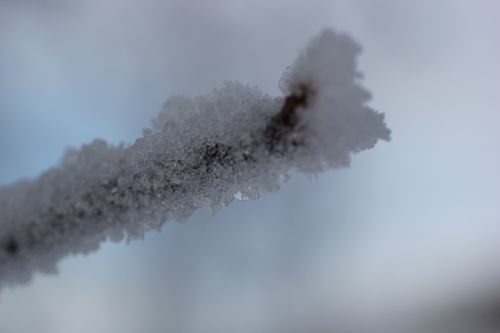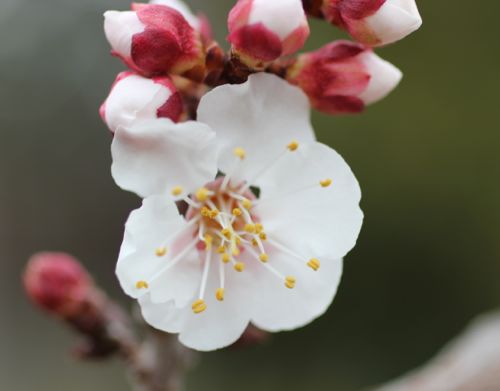My last journal post talked about phenology, the study of nature to monitor seasonal changes, and how latitude affects temperature. The closer one is to the equator, the warmer the temperatures and more consistent the daily sunshine.
Influence of latitude on temperature and plant growth was readily seen when I returned to northern California on February 15 from PolarTREC training in Fairbanks. In Fairbanks, birch tree buds near the Alaskan pipeline were encased in ice while the apricot tree in our backyard was in bloom.

The season was the same, but the landscapes looked different.

An interesting way to compare landscapes of different biomes around the world is to log on to view the Seasons in my Biome project (SIMB). Run by Markus Eugster, a founding member of Polar Educators International, the site features photos taken from locations around the world on the first day of each month. Several years' worth of photos are archived, giving viewers a virtual tour of sites as diverse as Switzerland, Chicago, and Arizona. Most of my middle school students have not lived anywhere else, so have a limited frame of reference about seasonal changes. SIMB provides a nice teaching tool when studying biomes and climate. Students easily see the differences that location has on an ecosystem.


Comments